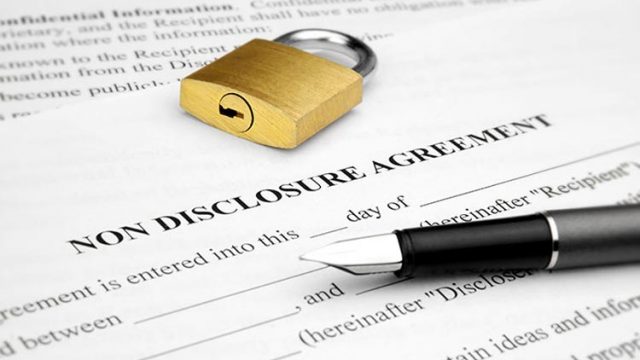According to experienced commercial lawyers Rowe Bristol Lawyers, with the modern day era of the internet, ever-increasing data size, and light-night fast communication across a broad array of platforms, confidential information can be taken and then distributed widely in the blink of an eye.
Company secrets, so-called “crown jewel” data is a mouse click away from becoming disseminated across the globe.
So, it is important that confidentiality and Non-Disclosure agreements are in place at all appropriate levels in a company.
